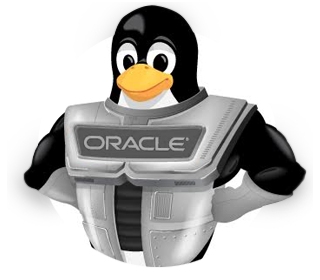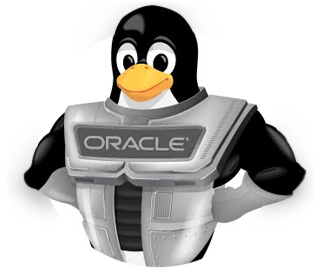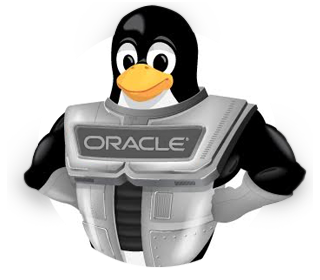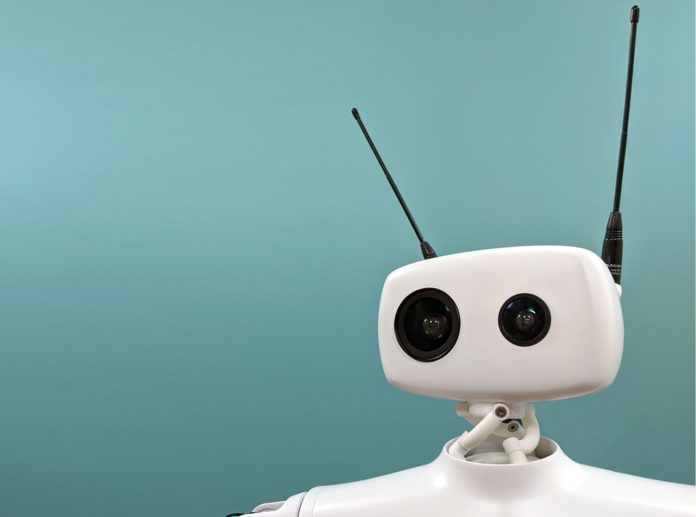In this blog post, Oracle Linux performance engineer Jesse Gordon presents an alternate approach to comparing the performance of a workload when measured in two different scenarios. This improves on the traditional “perf diff” method. The benefits of this approach are as follows: ability to compare based on either inclusive time (time spent in a given method and all the methods it calls)…
Click to Read More at Oracle Linux Kernel Development
Comparing Workload Performance
Comparing Workload Performance
In this blog post, Oracle Linux performance engineer Jesse Gordon presents an alternate approach to comparing the performance of a workload when measured in two different scenarios. This improves on the traditional “perf diff” method. The benefits of this approach are as follows: ability to compare based on either inclusive time (time spent in a given method and all the methods it calls)…
Click to Read More at Oracle Linux Kernel Development
Comparing Workload Performance
In this blog post, Oracle Linux performance engineer Jesse Gordon presents an alternate approach to comparing the performance of a workload when measured in two different scenarios. This improves on the traditional “perf diff” method. The benefits of this approach are as follows: ability to compare based on either inclusive time (time spent in a given method and all the methods it calls)…
Click to Read More at Oracle Linux Kernel Development
Why Should You Use Linux?
When people debate which operating system is the best-either MacOS or Windows-not many mention the third option: Linux. Why is that? See, Linux has its own niche in the tech industry, but that’s it. Yes, you can use Linux as your daily driver, but learning Linux can take a long time depending on which distro, Linux’s word for “version”, you have.
But I’m not saying you shouldn’t use Linux. In fact, if you’re into technology at all, I recommend using Linux for a month or two just to see how it works and the things you can do with Linux. But what if you’re not that into tech? Here are several reasons why you should use Linux, if only for a limited time!
[Source: Tech Times]
Fedora 32 Greenlit For Enabling FSTRIM Support By Default
Back in December was the proposal to finally enable FSTRIM by default for Fedora 32 in benefiting solid-state storage. Today the formal approval was given by the Fedora Engineering and Steering Committee to go ahead with this long overdue change.
The change is to enable the systemd fstrim.timer unit by default for running FSTRIM weekly on EXT4/XFS/Btrfs/F2FS file-systems running on flash-based storage devices. FSTRIM is used for notifying the underlying storage devices about unused blocks for wear leveling and more efficient handling.
[Source: Phoronix]
Google gives $1 million to UVM to advance open source research
The Google Open Source Programs Office, a division of Google that manages Google’s use and release of open source software and promotes open source programming, has provided the University of Vermont (UVM) Complex Systems Center a $1 million unrestricted gift to support open source research.
The goal of the UVM project is to deepen understanding of how people, teams and organizations thrive in technology-rich settings, especially in open-source projects and communities. The Google award will establish a collaboration between the Google Open Source team and UVM to begin building a community-oriented body of research focused on understanding how open source platforms are used and what makes technology-rich environments thrive.
[Source: Vermont Biz]
Linux Lite 4.8 Arrives as a Windows 7 Alternative, Based on Ubuntu 18.04.3 LTS
Linux Lite creator Jerry Bezencon announced today the release and general availability of the Linux Lite 4.8 operating system as an alternative to the soon-to-be-deprecated Windows 7 OS.
Based on Canonical’s Ubuntu 18.04.3 LTS (Bionic Beaver) operating system, the final release of the Linux Lite 4.8 operating system ships with the Linux 4.15 kernel and updated apps, including Mozilla Firefox 71.0, Mozilla Thunderbird 68.2.2, LibreOffice 6.0.7, VLC 3.0.8, GIMP 2.10.14, and Timeshift 19.08.1.
[Source: Softpedia]
Meet Reachy, an expressive, open-source humanoid system
This is Reachy, a very expressive and open-source robot developed by the French company Pollen Robotics. The robot was presented during CES this year.
Obviously, among the pros of the robot, the fact that it is based on an open-source platform capable of learning more and more. At the moment, the robot has already shown its ability with simple games, but developers can use Python to create countless applications for the system. The modular nature of the robot allows an unlimited number of applications: use within the restaurant, customer service, demonstrations is possible, and it can also be dedicated to research and development sectors.
[Source: InceptiveMind]
It’s a no to ZFS in the Linux kernel from me, says Torvalds, points finger of blame at Oracle licensing
Linux kernel jockey, Linus Torvalds, has taken time out to remind open source loyalists that he is no fan of the ZFS file system due, in part, to the sometimes tortuous nature of open source licensing. Torvalds was responding to a question late last week regarding a recent update to the Linux kernel breaking the third party ZFS module.
With his new non-sweary hat on, Torvalds patiently explained his position around out-of-tree components such as ZFS. In essence, they aren’t his problem. We imagine ensuring nothing breaks in the user space is challenging enough.
[Source: The Register]
IBM Research open-sources SysFlow to tackle cloud threats
IBM Corp.’s research division today announced the release of SysFlow, an open-source security toolkit for hunting breaches in cloud and container environments. SysFlow is designed to tackle a common problem in network protection. Modern security monitoring tools capture system activity with a high degree of granularity, often down to individual events such file changes.
That’s useful to a point but also creates a large amount of noise that makes spotting threats harder. IBM researchers Frederico Araujo and Teryl Taylor described looking for breaches under such circumstances as “akin to searching for a needle in an extremely large haystack.”
[Source: SiliconANGLE]




